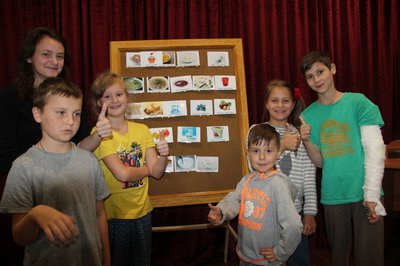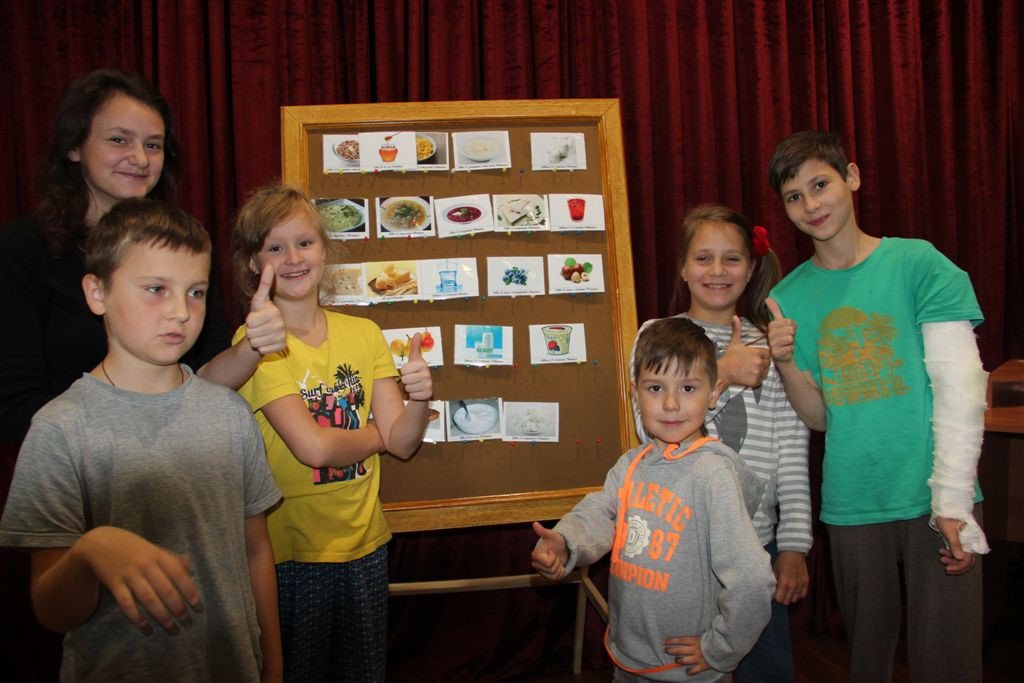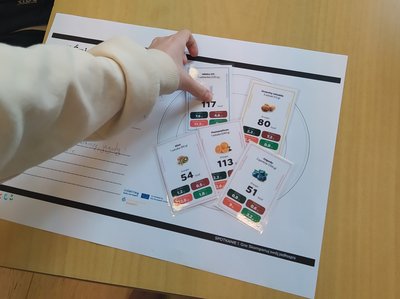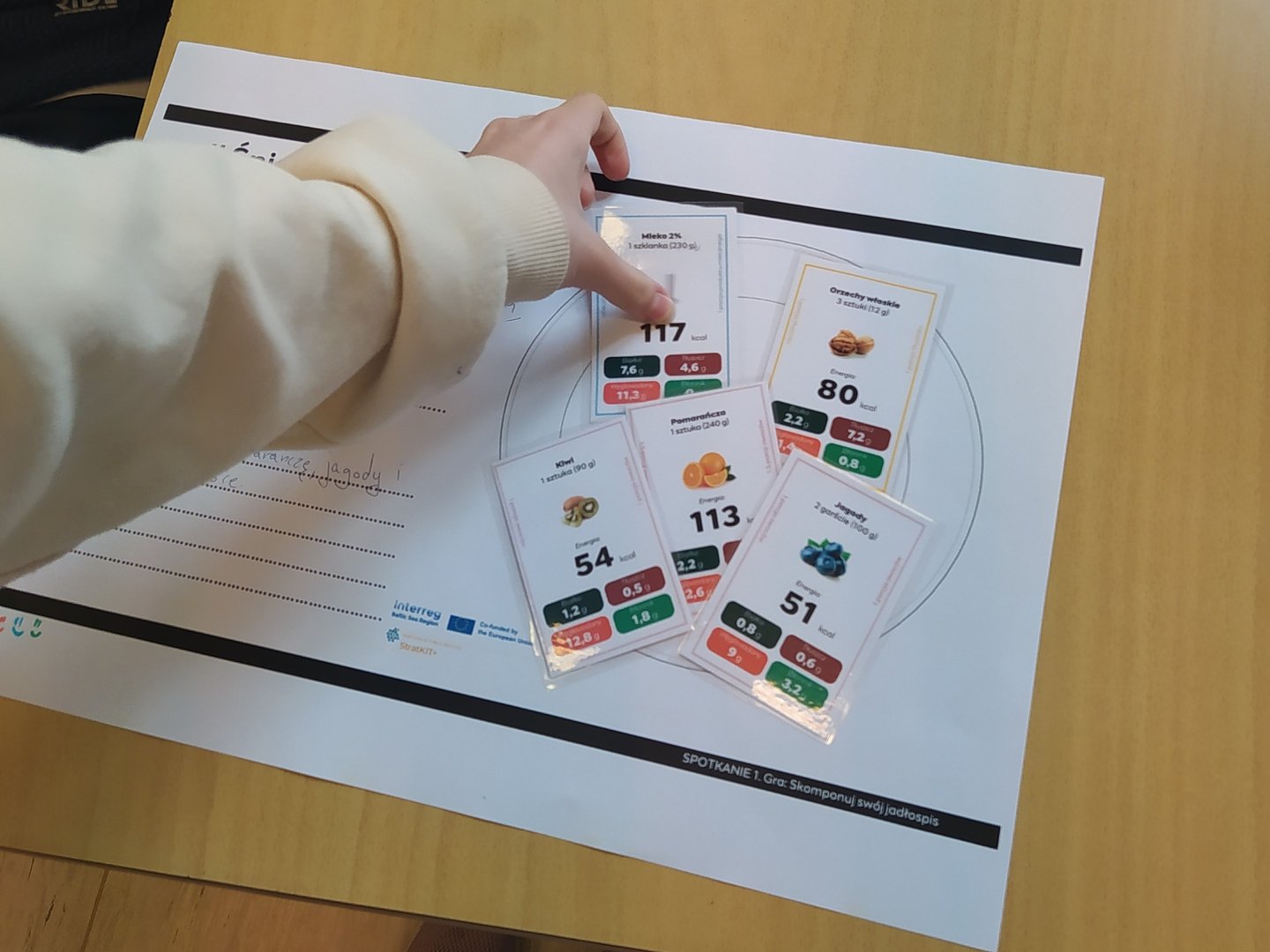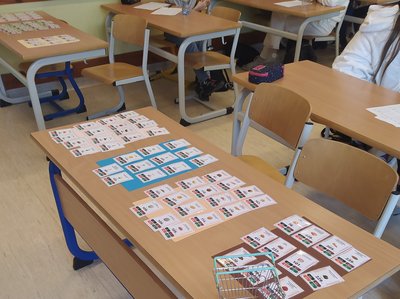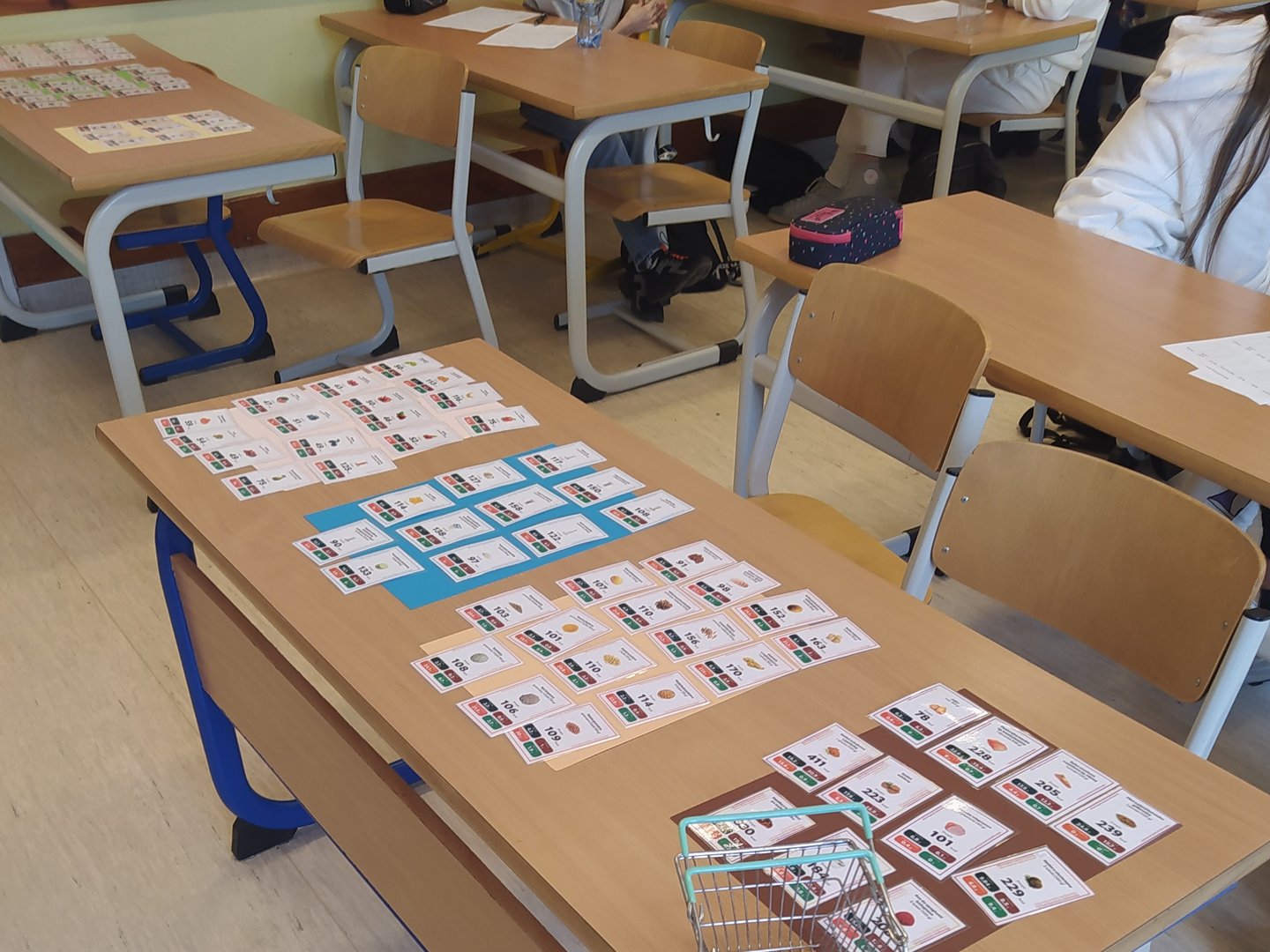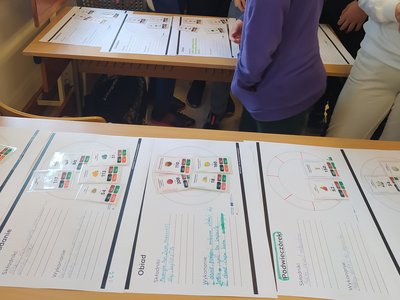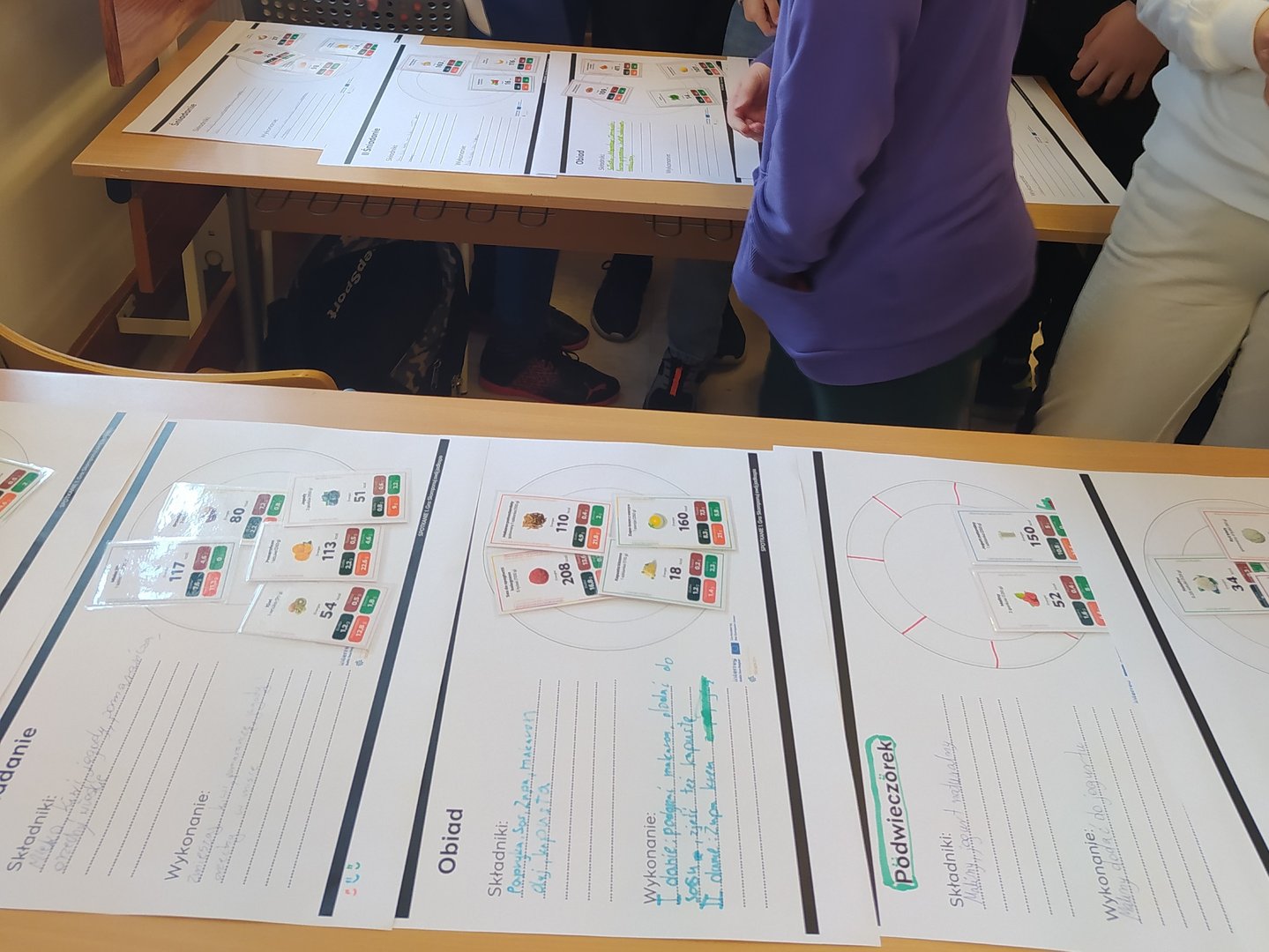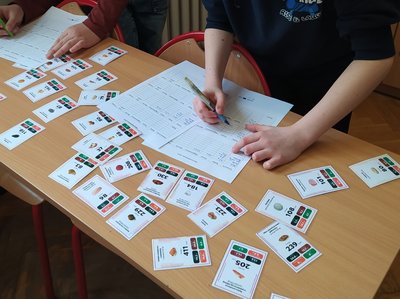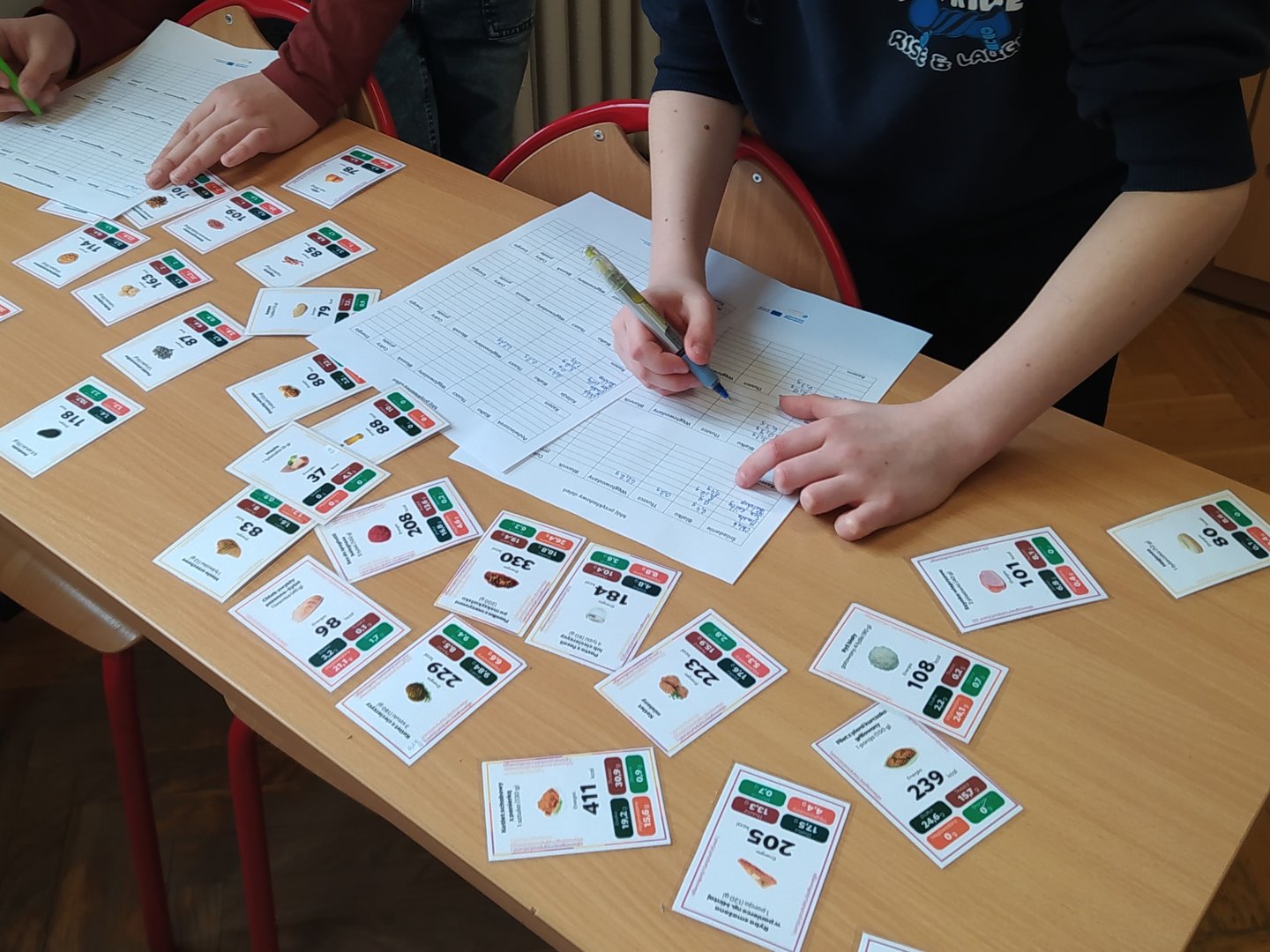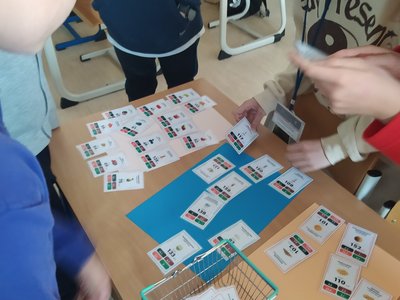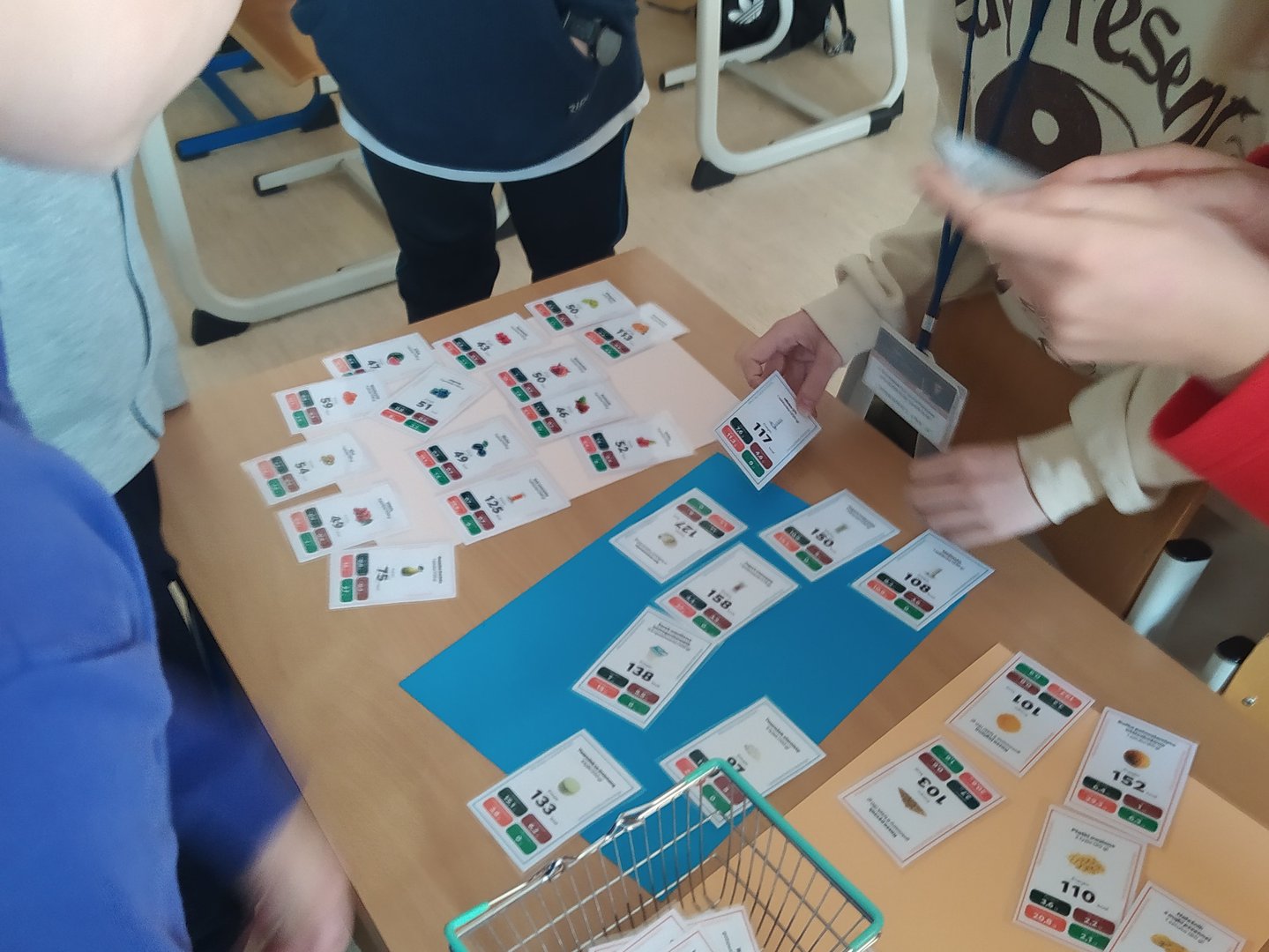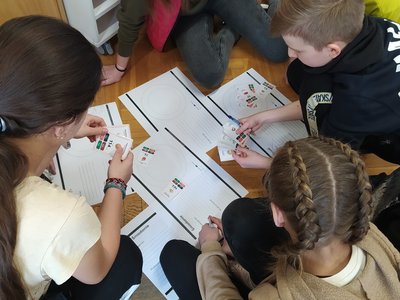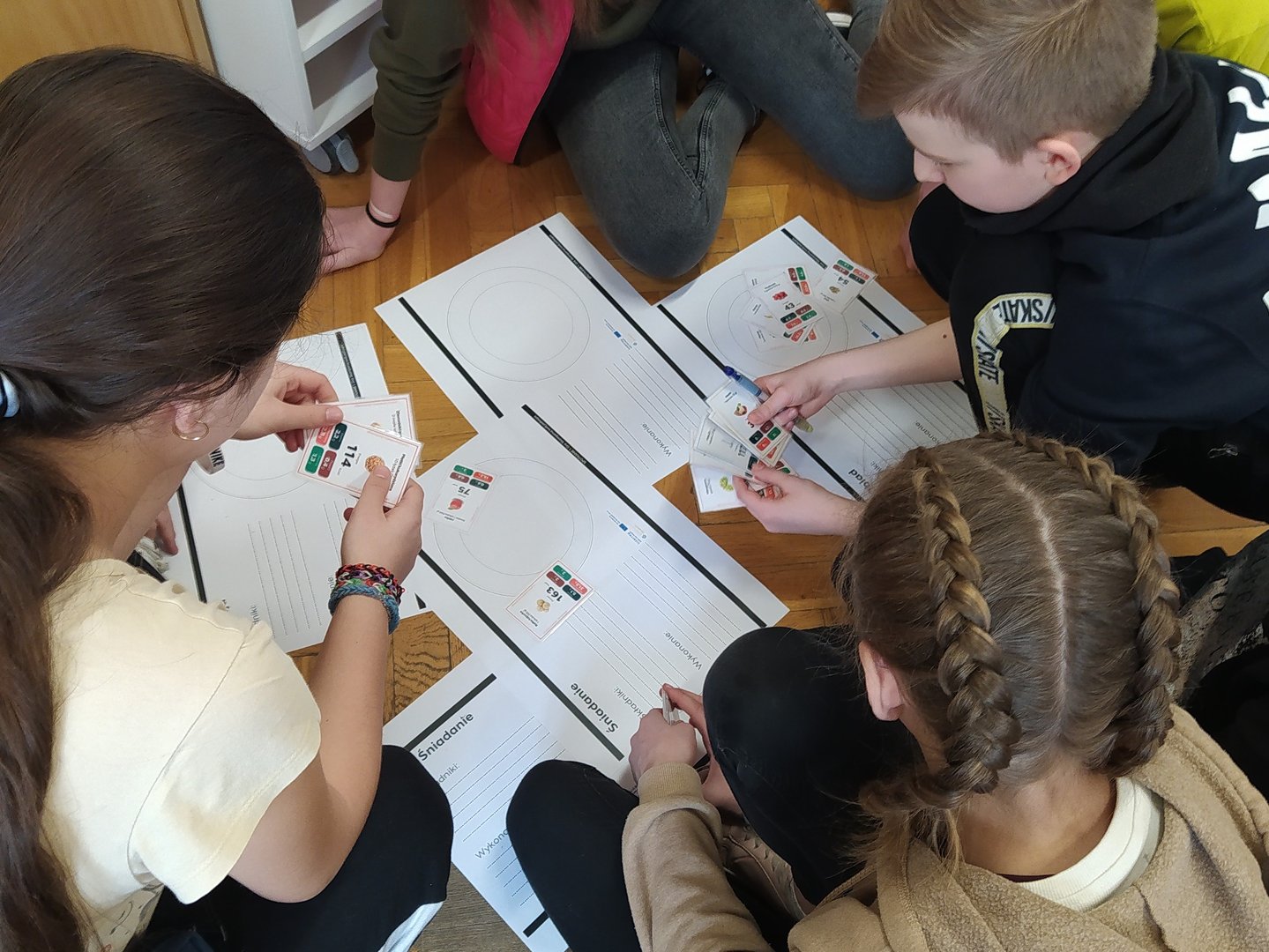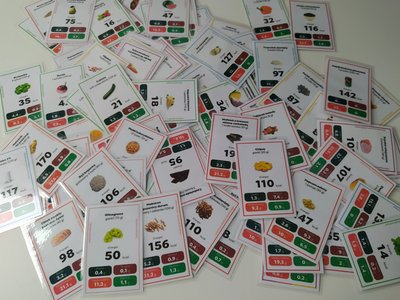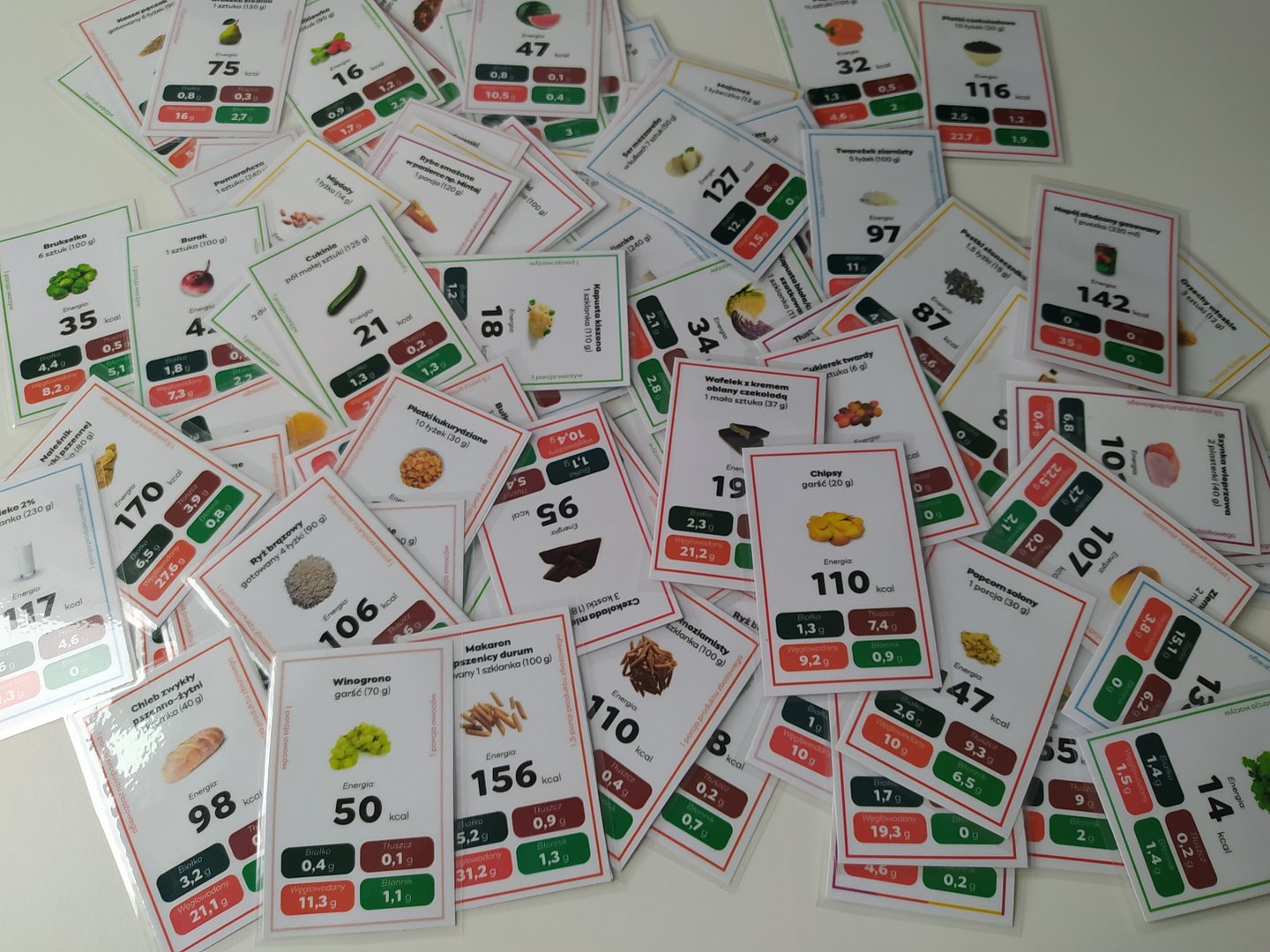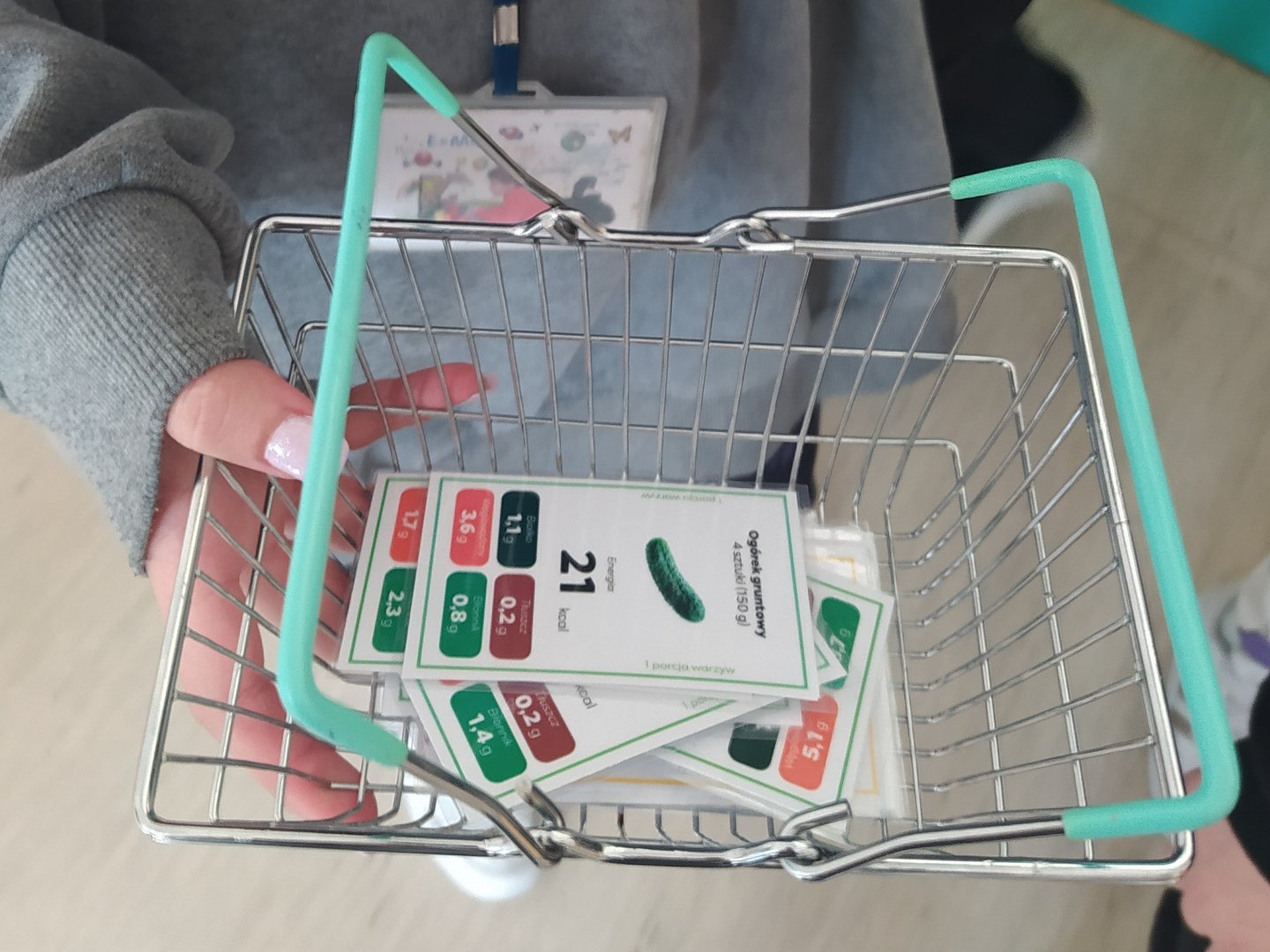Necessary Steps
- Make the cards for about 100 everyday food items with information about the energy content (in kJ and kcal), the weight of carbohydrates, proteins, fats, fibres, vitamins, and minerals.
- Add special information about essential amino acids, essential fatty acids, and good or inadequate vitamin and mineral content if needed.
- Information about allergy issues can also be added.
- The children can pick up the cards for the meals they consume during an average day (i.e. breakfast, lunch, dinner, and supper, as well as morning and afternoon snacks) and calculate their nutritional intake.
- They can then compare their nutritional intake with the recommended values and try to make changes if needed.
- Pupils should discuss their results with teachers and think about future action to increase their consumption of healthy and sustainable food.
More Issues To Consider
- Making the food item cards may create a lot of work and incur some costs.
- The cards are a graphic learning resource, and they offer memory support.
- The cards are durable and can be used in groups without electronic devices.
- The cards can also be supported by additional daily nutrition calculation programmes.
